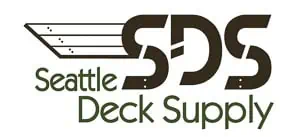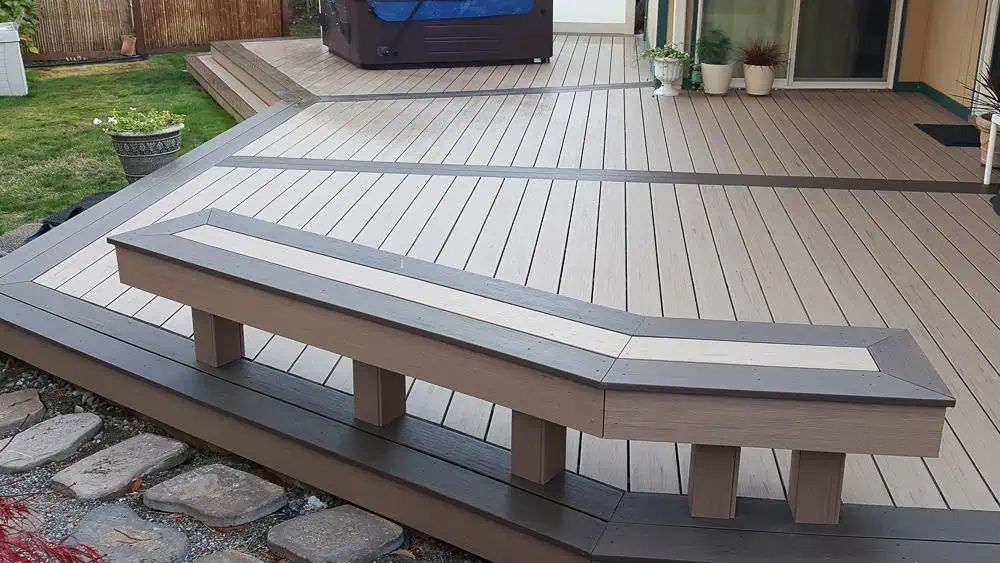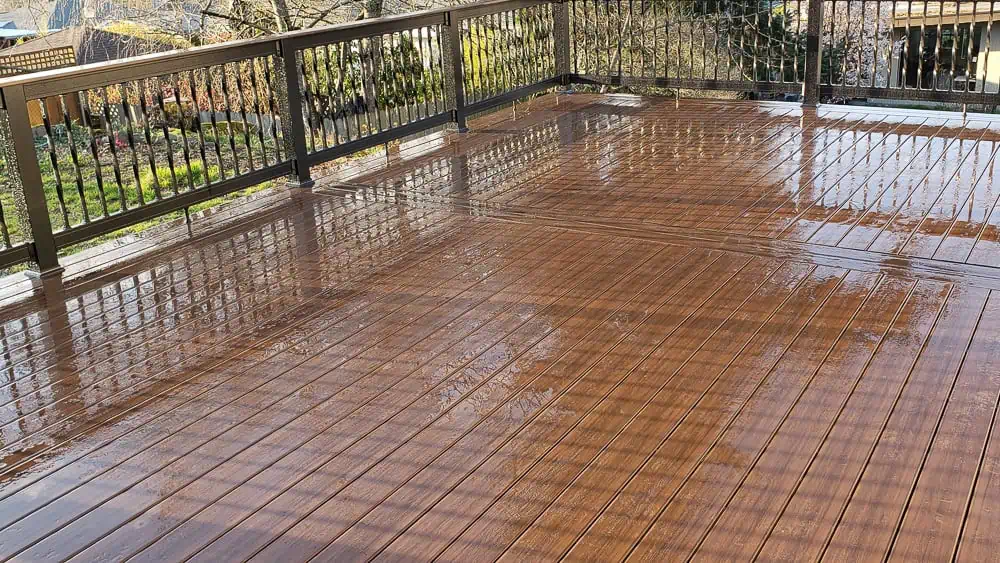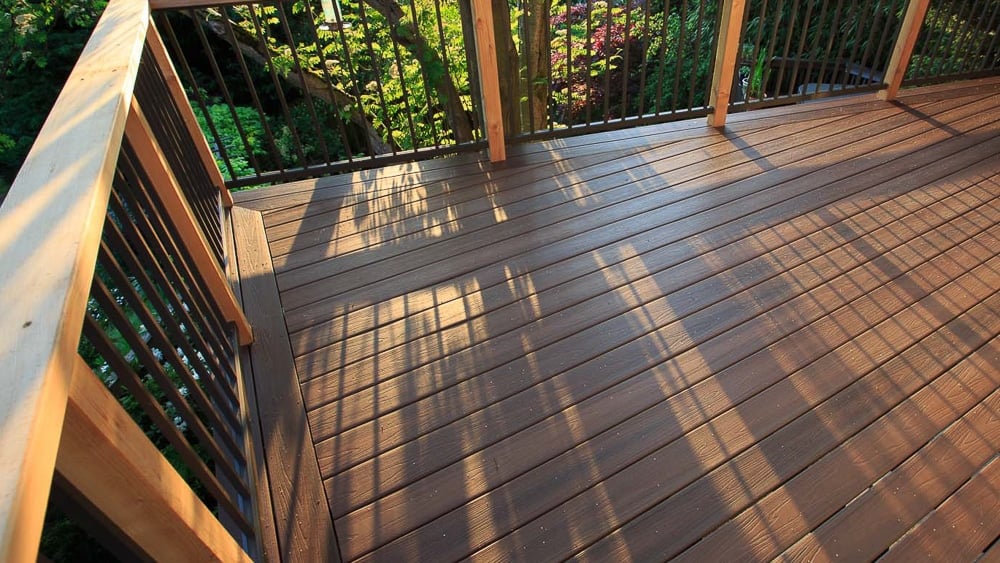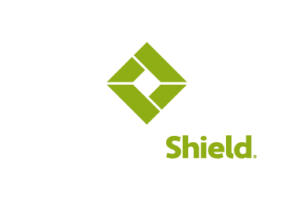What the core of a composite deck board is and how it is made matters
The core is where a deck board gets its strength. The core of a composite board is made of a plastic component and an organic component. A PVC board core is often all PVC but, sometimes there is an organic component here too. In PVC it typically is not wood but, more likely rice hull or other grain by-product. Composite board organic components are typically wood but, these too can have rice hull or any manner of other fibrous or grain-additive. The purpose of the organic component is to stabilize the expansion of the plastic component as the temperature changes. All of these boards lengthen with heat and shrink back again as it cools. While this organic part mitigates this it is also where the board can become vulnerable to moisture if something goes awry in the manufacturing process. PVC boards for the most part do not suffer from this although PVC is not a panacea for potential issues.
why else should the type of composite deck board core guide my choice?
This is where some consideration needs to be taken when choosing. Some boards have what is called a free-air space requirement, which means there must be a certain amount of height off the ground for the board to meet its warranty terms. Boards such as Azek or Wolf PVC do not have any free-air space needs. Other boards such as MoistureShield products, which are composites are rated for burial and immersion. It’s less about what the board is and more about how it was manufactured. This also doesn’t mean a board with a free-air space need is a poor board, it’s just for certain applications.
How do I get the most out of the expense of my deck boards?
Let’s consider cost. PVC generally is going to be in the upper-end price tier. Composites will span the whole spectrum. At the lower end of the composite line-ups, you’ll find boards that are formed with a profiled bottom. This reduces the amount of material expense and shipping weight. While they absolutely do work, they tend to be a bit more compliant to deviations in the deck frame but, ironically so does top-tier PVC. You need to be careful in designing the deck as well. If you are planning a bull-nose around the perimeter, the profile on the bottom can limit how far the board can extend off the edge. It also makes it necessary to consider your work-flow. Putting the fascia on first is recommended. If you are recovering an old deck or are someone prone to being fussy about the flatness of the surface, stick with a solid core composite board. A solid core composite board will be the most wood-like in how it lays on the deck.
